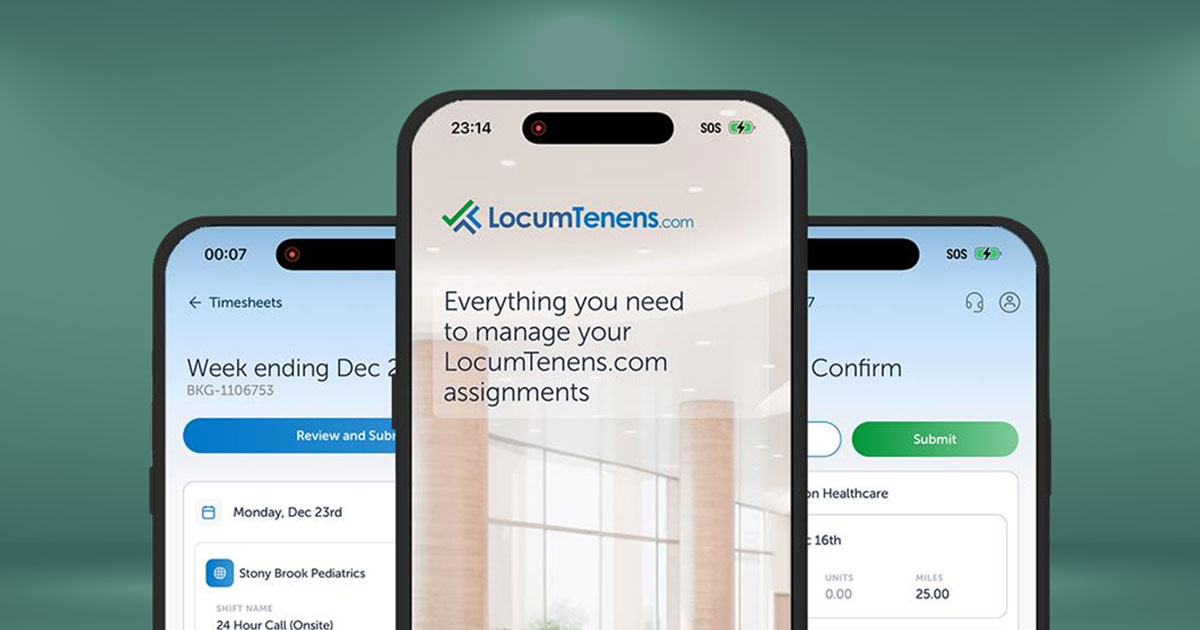What is the future of telemedicine and telehealth legislation?
Significant changes are being proposed to improve current telehealth laws and regulations in order to sustain access and provide improved reimbursement.
At the beginning of the pandemic, a public health emergency declaration was enacted, and the declaration has been renewed several times, most recently on April 15th 2021, allowing telehealth services to remain more accessible. However, those living in the U.S. are beginning to see a light at the end of the pandemic tunnel, with more than half of the U.S. population having at least one dose of the COVID-19 vaccine at the time of this publication. America will not remain in an emergent state forever. Here’s what’s happening to ensure telehealth services remain just as accessible post-pandemic.
The CONNECT for Health Act
A bipartisan group of legislators reintroduced the CONNECT for Health Act, which stands for Creating Opportunities Now for Necessary and Effective Care Technologies, in April 2021. Versions of this bill were introduced as early as 2016, but with what some legislators describe as the “telehealth cliff” looming once we’re no longer under a public health emergency declaration, it’s taken on a new sense of urgency.
Primarily, the bill would affect Medicare patients and their providers and would:
- Permanently remove all geographic restrictions on telehealth services and expand originating sites to include the home and other sites
- Allow health centers and rural health clinics to provide telehealth services
- Provide the Secretary of Health and Human Services with the permanent authority to waive telehealth restrictions
- Allow for the waiver of telehealth restrictions during public health emergencies
- Require a study to learn more about how telehealth has been used during the current COVID-19 pandemic
The passage of this legislation would make a tremendous impact, not only on telehealth utilization moving forward, but also on future telehealth legislation. A study to learn more about how telehealth has been used during the pandemic would be invaluable in determining next steps to ensure services remain accessible for all and reimbursement fair for clinicians.
The Protecting Rural Telehealth Access Act
Those living in rural areas have benefitted from increased access to telehealth services during the pandemic. Rural areas are typically underserved, with many patients having to travel long distances to seek primary care and even longer distances to see a specialist. However, increased access to telehealth has helped bridge the gap in access to care. A bipartisan group of senators recently introduced The Protecting Rural Telehealth Access Act which “aims to improve access to and coverage of connected health services in rural parts of the country.” Like the CONNECT for Health Act, it would make permanent some emergency measures enacted during the pandemic. Most notably, this legislation aims to protect reimbursement for audio-only telehealth services, which is beneficial for patients living in areas where there is not access to reliable and affordable broadband necessary for successful video visits. It would also:
- Permanently waive geographic restrictions in Medicare coverage, allowing patients to be treated in their homes
- Permanently allow Rural Health Clinics (RHCs) and Federally Qualified Health Centers (FQHCs) to serve as distant sites for providing telehealth services
- Expand coverage for asynchronous (store-and-forward) telehealth services
- Allow Critical Access Hospitals (CAHs) to directly bill for telehealth services
State-specific legislation
Each state also has its own proposed legislation to expand the use of telehealth services beyond the pandemic. Their statuses change regularly, but the Center for Connected Health Policy provides up-to-date information about the different bills and registers. Much of the proposed legislation in each state would either make the changes brought about due to the pandemic permanent, or have a much more specialty-specific purpose than the legislation currently before Congress. For example, the state of Georgia currently has a bill in regard to private payer reimbursement and separate bills that would make counseling, occupational therapy and audiology and speech language pathology services more accessible via telemedicine.
Centers for Medicare and Medicaid Services (CMS) and the American Telemedicine Association (ATA)
As the U.S. Department of Health and Human Services (HHS) agency that manages and administers Medicare and Medicaid, CMS is a major player in telehealth adoption and utilization. Its definitions of telehealth services, which are updated annually on January 1st, have a major impact on those who benefit from these programs and for clinicians practicing via telemedicine. You can submit a request for an addition of Medicare telehealth services on the agency’s website and view a list of telehealth services for 2021 here.
The ATA is an organization focused in part on advocating for the government and market normalization of telehealth services. As such, it is advocating for the passage of The CONNECT for Health Act and other pieces of legislation that would protect telehealth accessibility and reimbursement post-pandemic. You can view the ATA’s latest Update on Policy & Advocacy Work here.

About the author
Pamela Ograbisz
Vice President of Clinical Operations
Pamela Ograbisz, Associate Vice President of Telehealth for LocumTenens.com. With 20 years of experience in cardiothoracic surgery and internal medicine, she is passionate about delivering quality healthcare in a timely manner. Dr. Ograbisz is confident that telehealth programs are the key to improving health and the overall patient experience.





